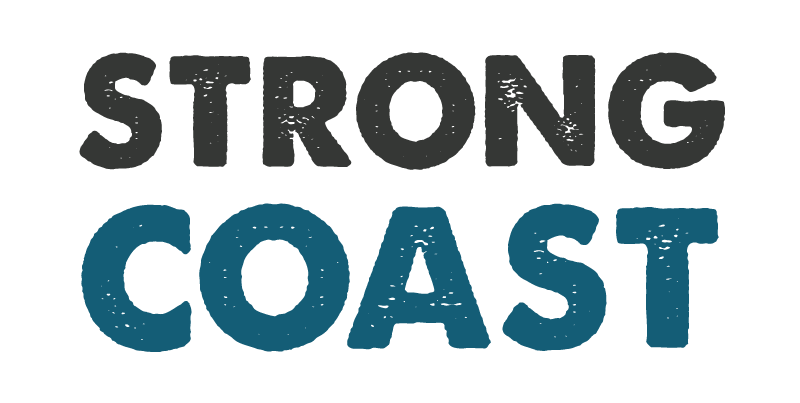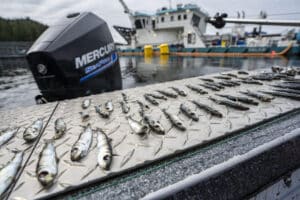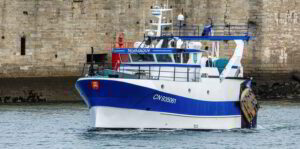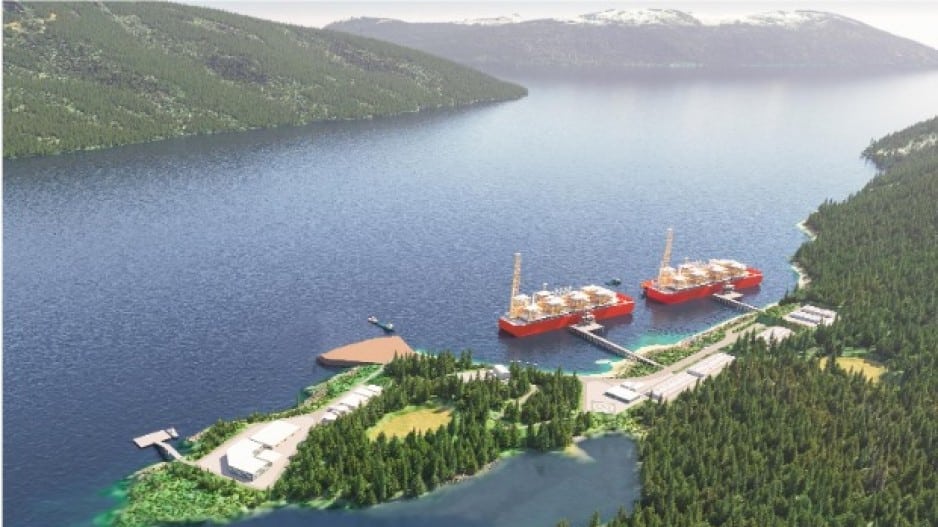
A $10 billion proposed Ksi Lisims LNG project is in the hot seat: Proponents of the project claim that it will further BC’s net zero goals and bring economic prosperity, but local communities are skeptical about these claims and have voiced their wishes for the project not to go ahead.
The Ksi Lisims LNG project will be a floating liquefaction facility on Wil Milit near Pearse Island and the southeastern Alaska border. The project is a collaboration between the Nisga’a Nation, Rockies LNG, and Western LNG. It is designed to produce 12 million tonnes of LNG annually, mainly for Asian markets, and claims that it will achieve net-zero emissions by 2030.
Who is Against the LNG Project?
The Lax Kw’alaams First Nation has spoken out against the project. The current design plans for the Ksi Lisims fracked LNG project involve parts of Lax Kw’alaams territory, but the Nation’s Mayor Gary Reece says that they have not granted explicit consent for this.
Furthermore, they believe that “the project will induce BC’s failure to meet its climate targets as well as induce harmful climate-related adverse impacts on Lax Kw’alaams people.”
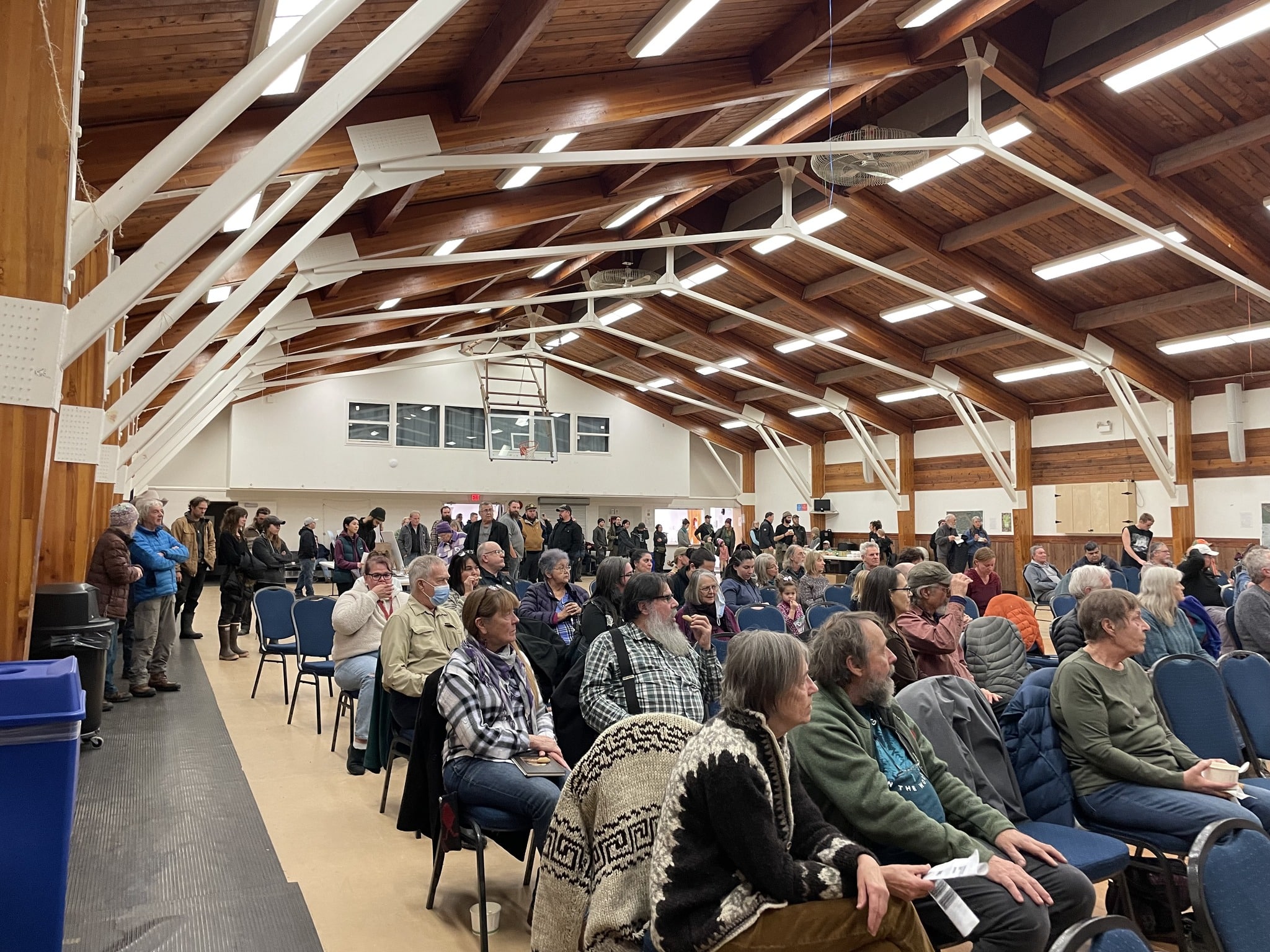
Other local communities are also against the project. Shannon McPhail, Co-Executive Director of the Skeena Watershed Conservation Coalition, points out that the project will bring a massive influx of workers to the region, adding strain to already overburdened community services. This is on top of the communities’ environmental concerns about fracked LNG.
The Debate on Fracked LNG
One of the key focus areas for those against the LNG project is TC Energy’s Prince Rupert Gas Transmission Project – a pipeline that will run through the Babine, Suskwa, Kispiox, and Skeena Rivers.
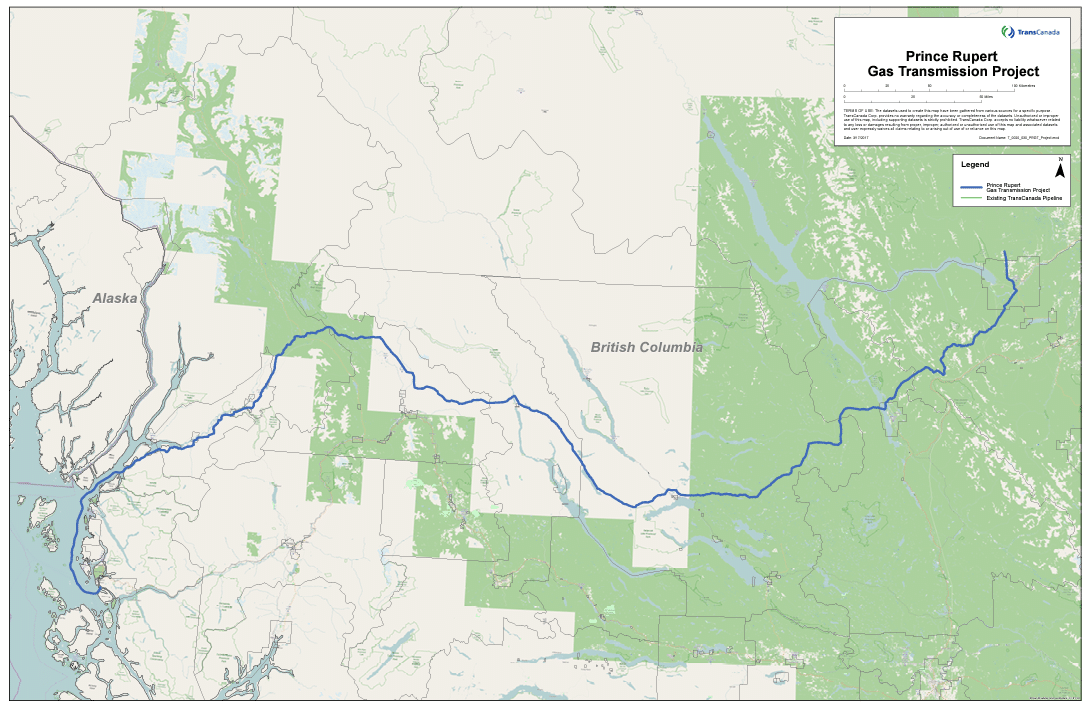
TC Energy was recently exposed for its part in the Coastal Gaslink scandal – it was revealed that regulators were told by the government not to monitor the construction of the Coastal Gaslink pipeline, which had resulted in an abnormal amount of dead fish. TC Energy owns Coastal Gaslink.
On top of that, the fracked LNG project would be located near the Nass River Estuary, which could potentially endanger vulnerable salmon populations and throw both economic security and food security for local communities out of balance.
Scientists have also highlighted concerns about the terminal and pipeline’s impact on water quality, habitat, marine fish, and marine mammals.
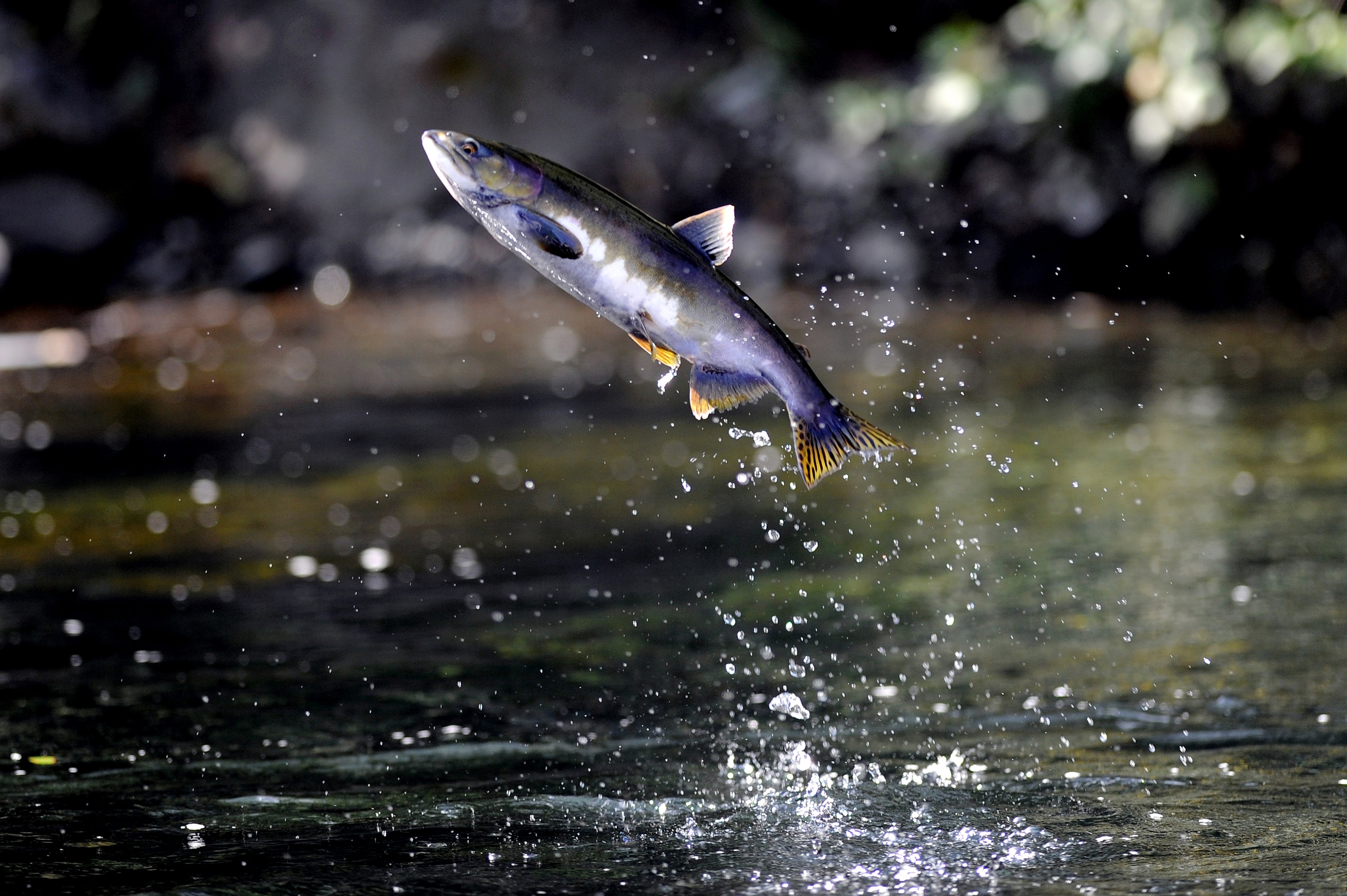
Another issue is the lack of infrastructure to supply renewable energy to the Ksi Lisims facility. To achieve its net-zero goals, Ksi Lisims plans to use hydroelectric power. But if the required grid upgrades or power lines are not built up in time, emissions from the facility could go up to 1.9 million tonnes a year – nearly 3% of BC’s annual emissions.
So the question remains – is the Ksi Lisims LNG project a step in the right direction for local communities and BC’s overall net-zero goals, or is it a step backward?
Read this Skeena article for more information.
